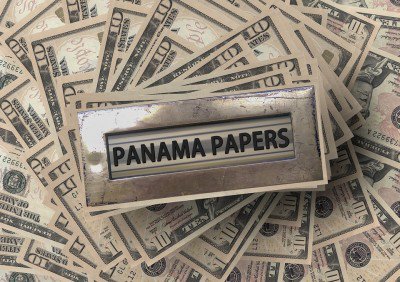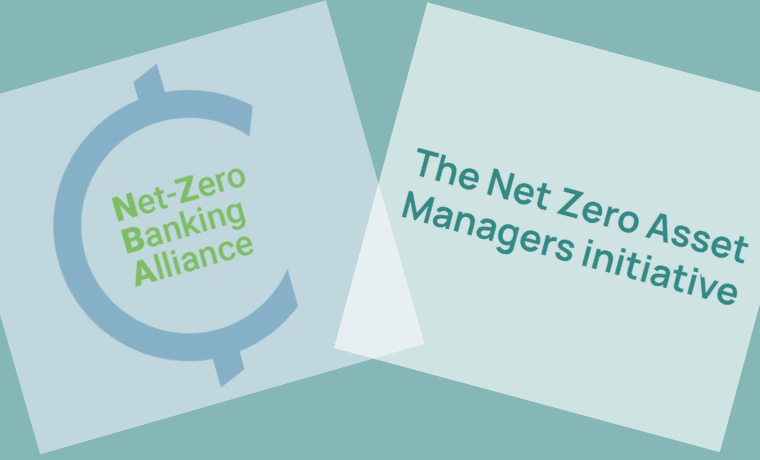Life in the fishbowl – Transparency in the age of the Panama Papers

May 9, 2016
A searchable database of documents relating to 200,000+ offshore entities will be released today as part of the ongoing Panama Paper investigation. The database, billed by the International Consortium of Investigative Journalists (ICIJ) as “the largest ever release of secret offshore companies and the people behind them,” is just the latest development in what has already become the largest data leak in history.
For the last year, nearly 400 journalists in 76 countries have combed through 11.5 million files. These files contain every email and document produced by Panamanian law firm Mossack Fonseca since 1977. The stories resulting from their efforts have just begun to hit newspapers around the world, but already, the Prime Minister of Iceland and Spain’s acting industry minister have resigned under pressure, and U.K. Prime Minister David Cameron is on the defensive about his family’s investments.
Though the Panama Papers are so far the largest data leak in history, they are unlikely to remain so for long. Technology enables unprecedented access to huge quantities of information, and as the sophistication of the Panama Papers project illustrates, journalists are developing the tools and relationships required to analyze this kind of information in a way that serves the public interest.
In many ways, the Panama Papers are the pinnacle of a growing trend toward greater transparency in international business. Global business models are becoming increasingly important as companies seek cheap production and new markets for their goods and services. In a pre-digital era, companies’ activities in faraway countries were not top of mind for consumers, investors or regulators in their home countries.
But today, companies are facing four trends that accrue to much greater transparency than in the past:
1. Connectivity – As the internet expands to almost all corners of the globe and smartphones become more accessible, there’s almost no time lag between when an event happens and when it can hit the media. In the ‘90s, groups like Witness broke new ground by sending expensive video cameras to document human rights violations around the world, often having to smuggle videotape back to the United States or Western Europe. Today, there’s no special equipment necessary.
2. Civil society – Since the beginnings of the contemporary human rights movement in the 1960s and ‘70s, civil society organizations have blossomed in almost every country. In 1977, Amnesty International won the Nobel Peace Prize for its reporting on disappearances in Argentina. Today, international NGOs such as Amnesty and Human Rights Watch remain an important feature of the human rights landscape, but there also are thousands of local NGOs with sophisticated capacity to document and report human rights violations, including by companies. These groups help reveal abuses and also exert pressure on government and industry. Public pressure around environmental and water issues in China have led to a revised clean air act and local protests prevented companies from constructing polluting projects.
3. The new face of investigative reporting – Instead of releasing all the information publicly, the whistleblower in the Panama Papers leak went to a network of professional journalists to investigate and curate the information contained in the leak. In the era of clickbait and reality TV, independent nonprofit newsrooms, such as ProPublica or the Marshall Project, and collaborative networks of investigative journalism, such as the International Consortium of Investigative Journalists, are continuing to pursue and publish investigative stories that take months or years to complete. The public interest and accolades these stories are met with demonstrate the appetite for long-form, investigative pieces.
4. Data leaks – In the first half of this decade, Wikileaks and the Snowden revelations represented a dramatic new kind of transparency, with a focus on the U.S. government. The Panama Papers are derivative of those leaks, in the sense that an insider was able to collect and disseminate vast troves of highly sensitive data from what should have been a secure system. But the papers also are a departure from earlier large-scale leaks. In addition to their more global scope, the papers focus on business dealings.
Companies are going to have to adapt to these trends toward dramatically increased transparency. Trade secrets and intellectual property will remain important to competitiveness, and companies should invest in security systems and practices that protect their most sensitive information. But when it comes to issues such as human rights or corruption, companies can’t hide the ball.
At a lecture I gave to fashion buyers a few years ago, one buyer described a very common approach to supply chain management, saying, “We have one eye open and one eye closed.” This kind of willful blindness to the messier aspects of operating on a global scale won’t hold up in an increasingly transparent world. At a minimum, global companies should have insight into their own operations, including through their suppliers and subcontractors. In many ways, the point of outsourcing was to minimize risk and costs, while reducing operational control. Increasing transparency throughout the supply chain will require companies at the top of the chain to reassert a greater degree of control.
Today, companies are operating in a fishbowl, where their customers, investors, the media, and regulators can see their activities more and more clearly, even in remote locations. Transparency may come with costs. But the price of not knowing is high and getting higher.
 Values-Based Investing
Values-Based Investing


